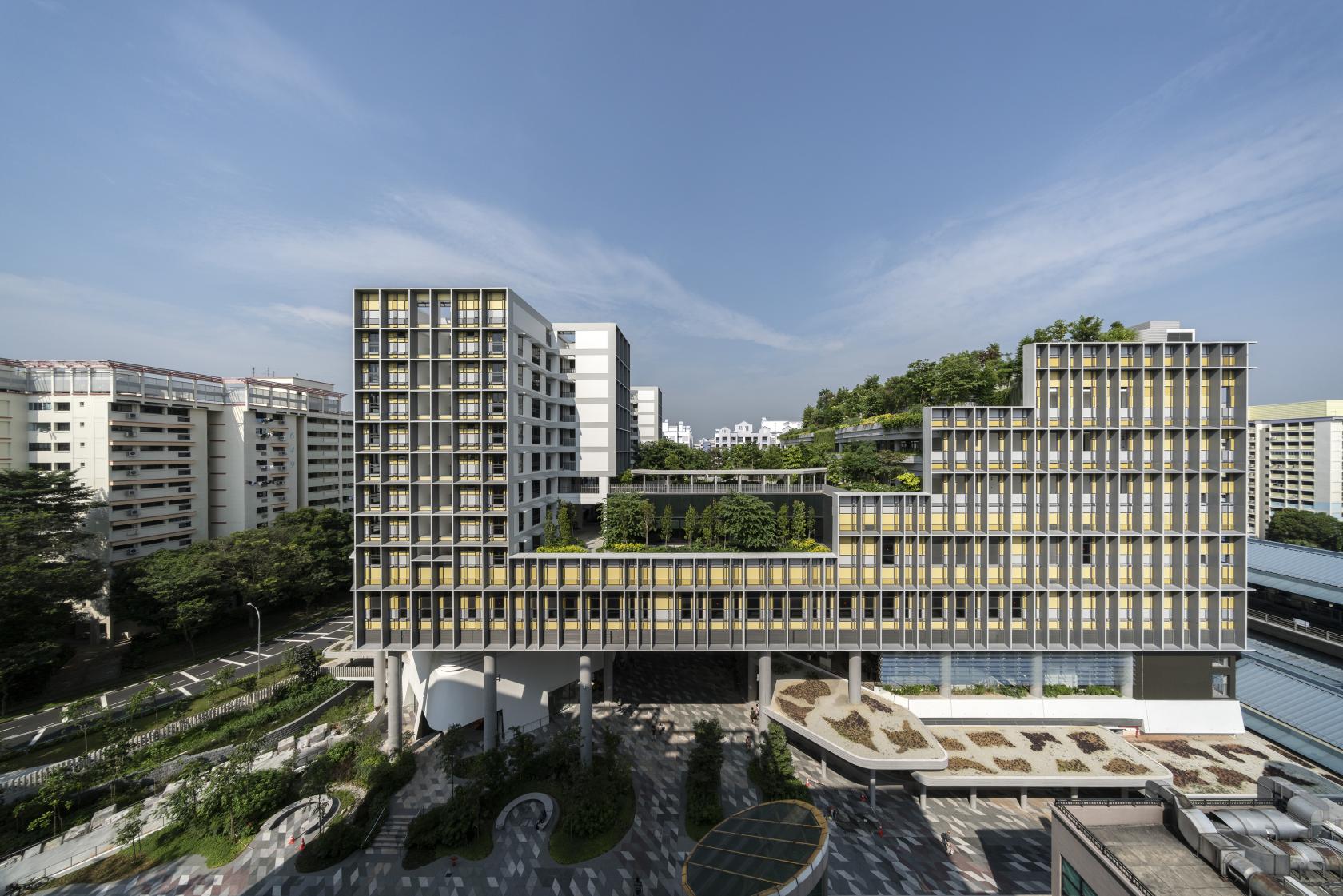Making the 'City in Nature' a reality
To balance high-density and high-quality urban living, different perspectives have emerged in Singapore in creating a resilient city, says Dr Srilalitha Gopalakrishnan.

Singapore’s aspirations to reinvent itself as a ‘City in Nature’ in line with the external page Singapore Green Plan 2030 gives a renewed focus to a system-based approach to urban landscape design practice for future developments, says external page Dr Srilalitha Gopalakrishnan.
In her recent interview with Southeast Asia Building (SEAB) Magazine, Dr Srilalitha, postdoctoral researcher and co-ordinator at FCL Global’s Dense and Green Cities module, looks at the progress of sustainable architecture in Singapore, and analyses areas for future improvement.
As president of the Singapore Institute of Landscape Architects, Dr Srilalitha is well-placed to discuss the changes in landscape architecture over the last five years. Not only has landscape architecture in Singapore focused on the increased value of pervasive greenery on buildings and intensifying urban greenery, there is an increasing awareness of urban landscapes as ecological nodes. All this bodes well for a whole-systems approach to landscape architecture practice.
Looking at the future of sustainable architecture in Singapore, projects such as the Tengah Township and Jurong Lake District, offer interesting visions of sustainable urban planning and living. As climate change and urbanisation continue to impact Singapore, Dr Srilalitha hopes that a circular product and waste cycle can be adopted by landscape product manufacturers. She also envisions greater collaboration between the product industry, architectural firms, educational institutes and research labs to bridge the gap between research and practice.
external page Read the full article on SEAB Magazine here (p. 48-51) (PDF, 30.3MB)